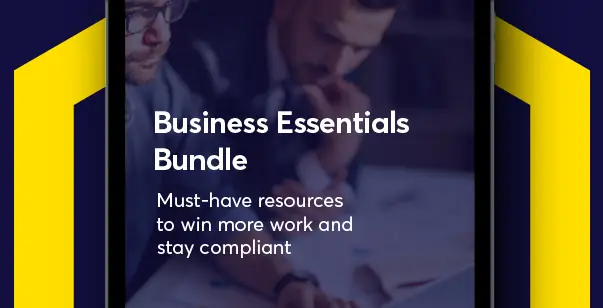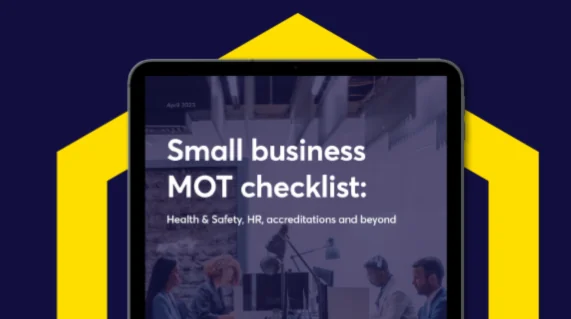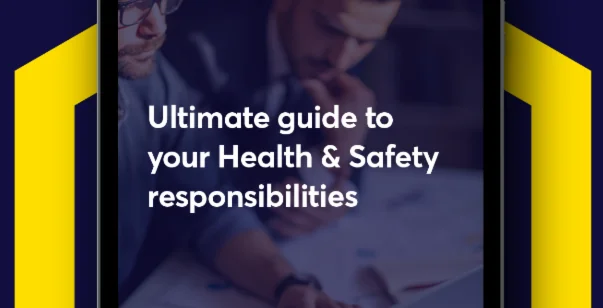Noise Risk Assessment
Noise at Work
We’re sure quite a few of you will have received an automated phone call asking if you wish to make a claim for noise-induced hearing loss; hopefully, your hearing is the best it can be and you can just ignore the calls. However, not everyone is so lucky and have had their hearing damaged by noise at work. So, we thought we’d run through a few of the problems you might encounter and how to protect yourself from hearing loss.
Loud noises at work can damage your hearing, as obvious as it seems, some still don’t take the right precautions to help themselves. The effects usually appear gradually and may only be obvious when compared with hearing loss due to aging that people realise how impaired their hearing actually is. Hearing damage can be permanent and can hinder the lives of those it effects. It can stop people being able to understand speech, use the telephone and keep up with conversations; things that we all take for granted. As we’ve said, it can be gradual, from exposure over time, but it can also be cause by sudden, extremely loud noises.
Hearing loss isn’t the only problem that could develop; people can also develop tinnitus, which can cause distress and disturbed sleep, and have further detrimental effects on a person’s health.
Noise at work can also interfere with communication between workers and make warnings more difficult to hear; this can reduce a person’s awareness of their surroundings, leading to increased safety risks, which could lead to injury or death.
The Control of Noise at Work Regulations 2005 requires employers to take action to prevent and reduce risks to health and safety from noise at work.
Do You Have a Noise Problem?
If you’re an employer, you will probably need to do something about noise if any of the following apply:
- the noise is intrusive – on a busy street, vacuum or a crowded restaurant – or worse than intrusive, for most of the working day;
- employees have to raise their voices just to have a normal conversation, when around 2 metres apart for at least part of the day;
- your employees use noisy powered tools/machinery for over 30 minutes per day;
- your sector is one known to have noisy tasks;
- there are noises due to impacts, explosive sources or guns.
As we’ve said, if you work in a sector known to have noisy tasks, some of these can include:
- construction
- demolition
- road repair
- woodworking
- engineering
- general fabrication
- foundries
This list isn’t exhaustive, but if you’d like more information, you can always find what you need on the HSE website or give us a call.
There are several situations where you’ll need to consider noise safety issues, such as: using warning sounds to avoid/alert to dangerous situations; if working practices rely on verbal communications; and if there is work around mobile machinery or traffic.
How Can You Control Noise?
There are many ways of reducing noise and noise exposure; nearly all businesses can decide on cost-effective and practical ways to control noise risks by looking at advice that’s available to them.
Initially, as with any risk, think about how to remove the risk altogether. If it’s not possible to remove what may cause a risk to health (in this case, the source of noise), you should investigate other options, e.g. using quieter equipment or a different quieter process; or engineering/technical controls to reduce the noise produced by machinery/processes at the source. You could also consider using screens, barriers enclosures and absorbent materials to reduce noise. In terms of layout, you could consider redesigning the plan of the workspace, to create quiet workstations; or you could simply reduce the amount of time people spend in noisy areas.
Personal Hearing Protection
One of the most common ways of preventing the risks of noise at work is through the use of personal hearing protection. As with all other PPE, it should be used as a last resort and should only be issued to employees when:
- extra protection is needed above what is being achieved using noise control; or
- for short-term protection, while other methods of controlling noise are being developed.
To protect yourself, whether you’re an employer or employee, you must cooperate, wear the hearing protection you’re given, maintain your hearing protection in good condition and report any problems you come across.
Some Statistics…
ccording to the HSE, an estimated 15,000 people working during the last year suffered from noise-induced hearing loss (NIHL), these include both new and longstanding cases, which have been caused or made work by work. Based on data from the Labour Force Survey (averaged over 2011/12, 2013/14 and 2014/15) this means a rate of 48 people per 100,000 who were employed in the last 12 months. This is lower than 10 years before, when the rate was 68 per 100,000 and an estimated 20,000 being effected.
If you’re worried about noise levels where you work, or if you’re unsure of what to include in your risk assessments, give us a call. Our team will be happy to help you as much as they can.





